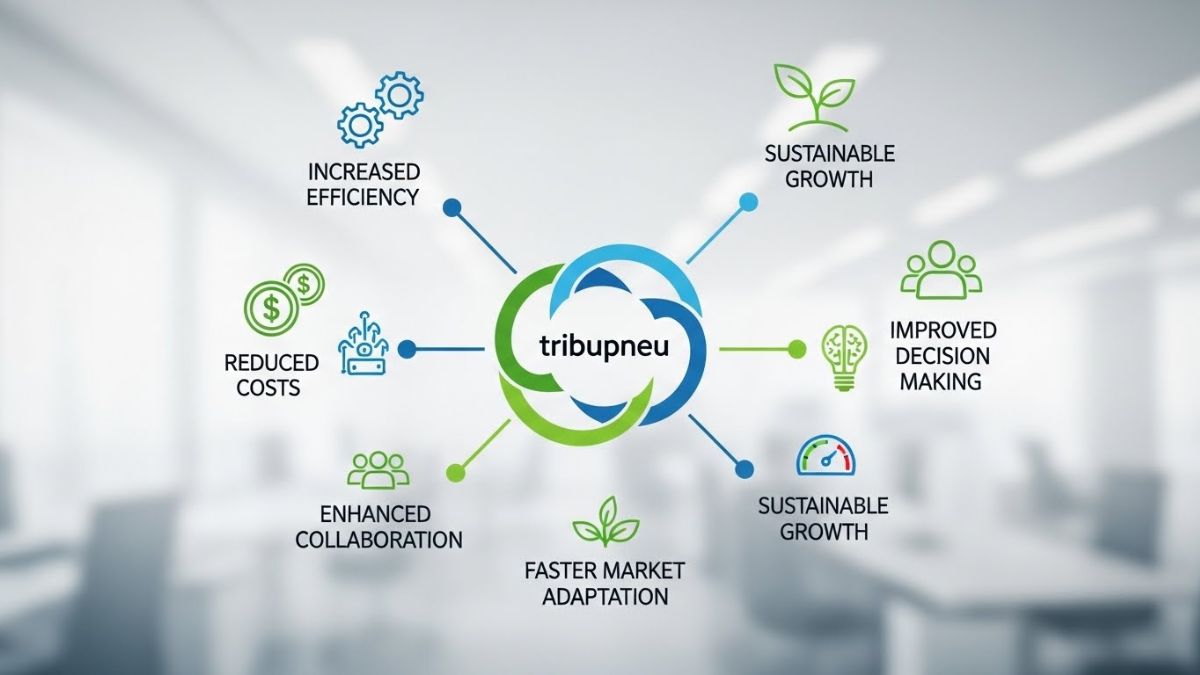Just as a well-conducted orchestra produces harmonious music, integrating trucking services with workforce solutions can create seamless operations in your transportation business. Imagine aligning driver schedules with optimized routes and task assignments to enhance efficiency and reduce costs. By leveraging technology like cloud-based platforms and IoT devices, you can make proactive decisions and strategic adjustments. This integration not only boosts communication and minimizes delays but also fosters a supportive environment for drivers, leading to lower costs and quicker deliveries. So, how can you implement these strategies effectively?
Benefits of Integration
Integrating trucking service with workforce solutions can significantly enhance operational efficiency and reduce overall costs. By aligning your logistics with workforce services management, you create a synergistic environment where both elements support and amplify each other’s strengths.
Improved efficiency is one of the most immediate benefits you’ll notice. With streamlined communication between your trucking and workforce teams, you can reduce delays and eliminate redundancies. For instance, aligning driver schedules with loading and unloading times ensures that trucks aren’t idling and wasting fuel. This optimization translates into lower operational costs and faster delivery times.
Increased productivity follows naturally from improved efficiency. When your workforce is in sync with your trucking operations, you can better manage workloads and allocate resources. Drivers know exactly when and where they’re needed, reducing downtime and enhancing job satisfaction. Additionally, a well-integrated system allows you to quickly adapt to unexpected changes, such as last-minute order modifications or route adjustments, without disrupting your entire operation.
In essence, the strategic integration of trucking services with workforce solutions results in a finely-tuned operation that not only meets but often exceeds performance benchmarks. This integration is crucial for staying competitive in today’s fast-paced logistics landscape.
Technology’s Role
Leveraging advanced technology is the linchpin in seamlessly integrating trucking services with workforce solutions, ensuring that both systems operate in perfect harmony. By adopting automation efficiency, you can streamline various operational processes, from dispatching trucks to managing driver schedules. Automated systems reduce human error, enhance accuracy, and speed up tasks that would otherwise be time-consuming. This level of efficiency is crucial for maintaining a competitive edge in a fast-paced industry.
Digital transformation plays a pivotal role in this integration. By implementing cloud-based platforms, you can centralize data collection and analysis, making it easier to monitor performance metrics and make informed decisions. Real-time tracking and reporting enable you to promptly address any issues that arise, thereby minimizing disruptions.
Moreover, integrating Internet of Things (IoT) devices can provide valuable insights into vehicle health and driver behavior. These insights allow for proactive maintenance and targeted training programs, further optimizing your operations. Utilizing advanced analytics and machine learning algorithms, you can predict trends and adjust your strategies accordingly, ensuring that your workforce and trucking services are always aligned.
Optimizing Route Planning
Optimizing route planning involves strategically analyzing traffic patterns, delivery windows, and fuel efficiency to maximize productivity and minimize costs. You need to leverage advanced software tools that can process vast amounts of data in real-time. These tools help you pinpoint the most efficient routes, taking into account current traffic conditions and potential delays. By doing this, you achieve significant efficiency improvements and reduce the time trucks spend idling or taking longer paths.
You should also focus on aligning delivery windows with customer availability and peak times. This helps you avoid unnecessary waiting periods and ensures that deliveries are made promptly, enhancing overall service quality. Additionally, considering fuel efficiency in your route planning not only cuts down on fuel consumption but also contributes to substantial cost savings over time.
Moreover, integrating GPS tracking and telematics can provide you with up-to-date information on vehicle performance and route adherence. This data enables you to make informed decisions that further refine your route planning strategy. By continuously analyzing and adjusting routes based on real-time data, you maintain high levels of efficiency and cost-effectiveness, ensuring your operations remain competitive and reliable.
Enhancing Driver Satisfaction
Fostering driver satisfaction involves not only providing competitive compensation but also ensuring a supportive work environment and opportunities for professional growth. To achieve high driver retention, you need to create a culture where drivers feel valued and heard.
Start by implementing regular feedback mechanisms, such as surveys and suggestion boxes, to gauge employee engagement and address concerns promptly. Invest in professional development programs that give drivers clear career advancement paths. Offering training sessions and certifications ensures that your drivers aren’t only compliant with industry standards but also equipped with skills that enhance their job performance.
Recognize and reward exceptional performance through bonuses, awards, and public acknowledgment. This boosts morale and encourages a culture of excellence. Implementing flexible schedules can also significantly enhance driver satisfaction. Allowing drivers to have a say in their routes and schedules can improve work-life balance, making them more likely to stay with your company long-term.
Reducing Operational Costs
While enhancing driver satisfaction is paramount for retention, you also need to strategically reduce operational costs to ensure long-term profitability. A primary approach to achieving cost efficiency is through meticulous resource management. Start by analyzing your fuel consumption patterns. Implementing fuel-efficient driving techniques and utilizing route optimization software can significantly cut down fuel expenses. Next, focus on maintenance schedules. Regular, preventive maintenance can avert costly repairs and extend the life of your fleet. An efficient fleet management system can track and predict maintenance needs, thereby preventing unexpected breakdowns and downtime.
Another essential aspect is the judicious use of technology. Invest in telematics to monitor driver behavior and vehicle performance. These insights can help you identify areas where fuel can be saved or where driving habits can be improved to enhance overall efficiency. Additionally, consider outsourcing non-core activities. Functions like payroll and human resources can be managed by specialized firms, freeing up your internal resources to focus on core operations.
Conclusion
Imagine a symphony orchestra where every musician follows the same sheet music but plays their part at the perfect time. That’s what integrating trucking services with workforce solutions feels like. One company saw a 20% reduction in delivery times by aligning driver schedules with real-time data. You’ll not only cut costs but also create a harmonious operation where every component works in concert, ensuring your business hits all the right notes efficiently and effectively.
ALSO READ: Exploring Solan Land Lease Rates and Oil & Gas Transportation Management Software Solutions











